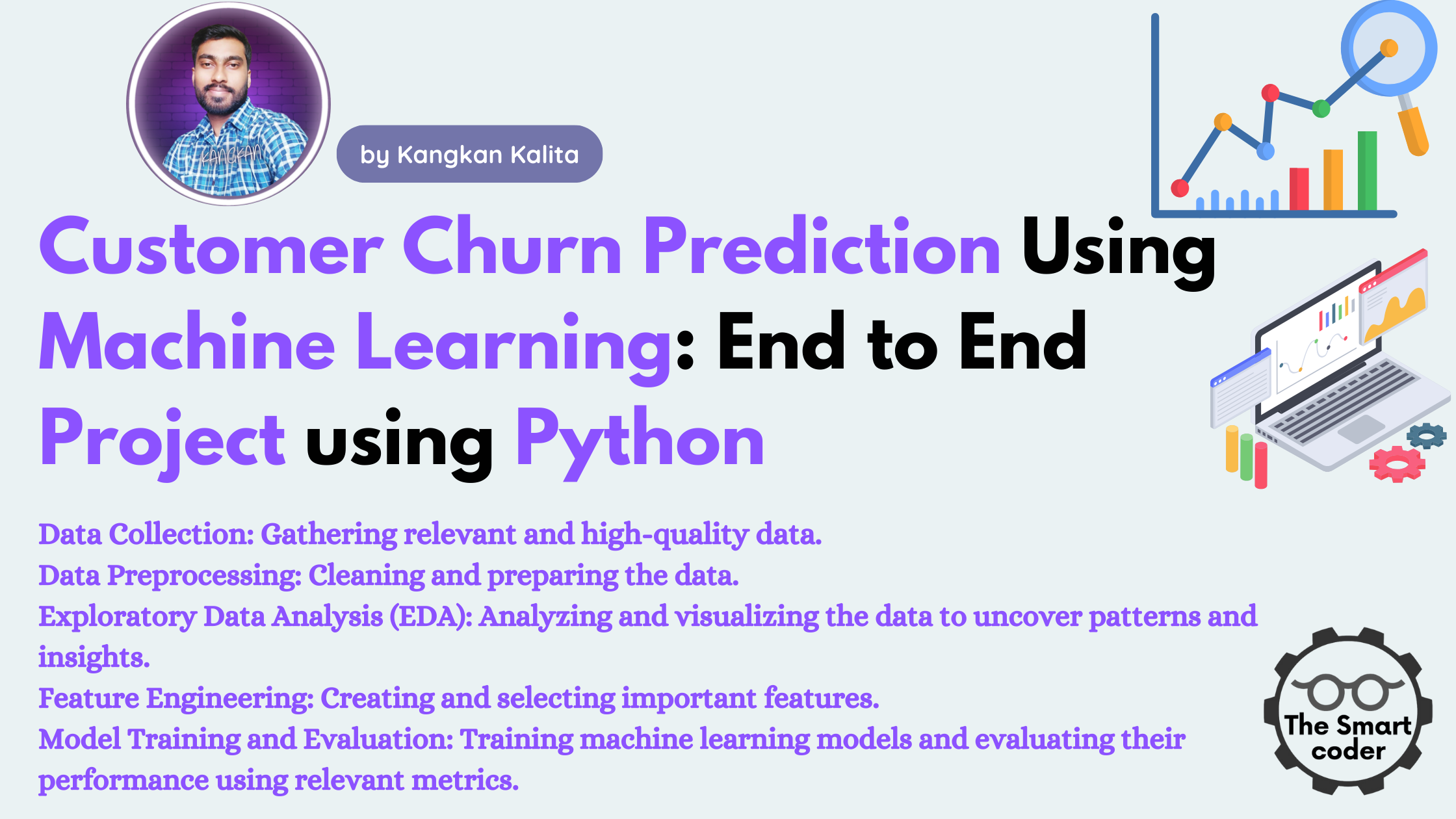Road Accident Prediction Using Machine Learning PDF
- Generative AI Roadmap in 2025: Skills, Tools, and Opportunities - August 11, 2025
- Most Used Statistical Concepts in Data Analysis: A 2025 Guide - August 5, 2025
- SQL for beginners : A Complete Guide - June 24, 2025
Road Accident Prediction Using Machine Learning pdf:
Road accidents are a critical concern worldwide, leading to significant loss of life and property. Predicting road accidents can help authorities implement preventive measures and save lives. This project focuses on Road Accident Prediction Using Machine Learning, where we will build models to predict accidents based on environmental, traffic, and roadway conditions. By using machine learning, we can analyze trends and predict accident-prone areas or situations.

Objective:
- Perform predictive analysis on road accident data using machine learning.
- Preprocess, visualize, and analyze the dataset to extract meaningful insights.
- Build and evaluate machine learning models to predict accident probabilities.
Dataset:
The dataset can be downloaded from Kaggle or government transport datasets. It typically contains information such as time, weather conditions, road type, accident severity, and other related features.
Tools & Libraries:
- Python
- Pandas
- NumPy
- Matplotlib
- Seaborn
- Scikit-learn
- XGBoost
- Jupyter Notebook or Google Colab (Recommended)
1. Data Collection & Setup
Import Libraries and Load Dataset
# Import necessary libraries
import pandas as pd
import numpy as np
import matplotlib.pyplot as plt
import seaborn as sns
from sklearn.model_selection import train_test_split
from sklearn.preprocessing import LabelEncoder, StandardScaler
from sklearn.metrics import classification_report, accuracy_score, confusion_matrix
# Load the dataset
data = pd.read_csv('/path/to/road_accident_data.csv') # Replace with actual file path
# Preview the dataset
data.head()
Explanation:
- The dataset is loaded using pandas, and the first few rows are displayed to understand its structure. Common columns include
Time,Weather,Road_Type,Severity, and other relevant features.
2. Exploratory Data Analysis (EDA)
Dataset Overview
# Display dataset information data.info() data.describe() data.isnull().sum()
Accident Severity Distribution
# Visualize the distribution of accident severity
sns.countplot(x='Severity', data=data, palette='viridis')
plt.title('Distribution of Accident Severity')
plt.xlabel('Severity Level')
plt.ylabel('Count')
plt.show()
Correlation Analysis
# Correlation heatmap
plt.figure(figsize=(12, 8))
sns.heatmap(data.corr(), annot=True, cmap='coolwarm')
plt.title('Correlation Heatmap')
plt.show()
Explanation:
- Exploratory analysis helps identify missing values, check data distributions, and uncover relationships between features and the target variable (
Severity).
3. Data Preprocessing & Feature Engineering
Handle Missing Values
# Fill missing values in critical columns
columns_with_na = ['Weather', 'Road_Type'] # Replace with actual columns
data[columns_with_na] = data[columns_with_na].fillna('Unknown')
# Drop rows with too many missing values
data.dropna(inplace=True)
Encode Categorical Features
# Encode categorical variables
encoder = LabelEncoder()
categorical_cols = ['Weather', 'Road_Type'] # Replace with actual columns
for col in categorical_cols:
data[col] = encoder.fit_transform(data[col])
Feature Scaling
# Scale numerical features scaler = StandardScaler() numerical_cols = ['Speed', 'Distance', 'Temperature'] # Replace with actual columns data[numerical_cols] = scaler.fit_transform(data[numerical_cols])
Train-Test Split
# Split data into features and target X = data.drop(columns=['Severity']) # Replace 'Severity' with the target column y = data['Severity'] # Train-test split X_train, X_test, y_train, y_test = train_test_split(X, y, test_size=0.3, random_state=42)
Explanation:
- Missing values are handled by filling them with appropriate placeholders or dropping rows. Categorical features are encoded using
LabelEncoder, and numerical features are scaled to normalize the data.
4. Data Visualization
Accident Frequency by Weather Condition
# Bar plot for accidents by weather condition
sns.countplot(x='Weather', hue='Severity', data=data, palette='coolwarm')
plt.title('Accidents by Weather Condition')
plt.xlabel('Weather Condition')
plt.ylabel('Count')
plt.legend(title='Severity')
plt.show()
Accident Severity by Road Type
# Plot accidents by road type
sns.countplot(x='Road_Type', hue='Severity', data=data, palette='pastel')
plt.title('Accident Severity by Road Type')
plt.xlabel('Road Type')
plt.ylabel('Count')
plt.legend(title='Severity')
plt.show()
Explanation:
- Visualization provides insights into how weather and road types influence accident severity. These insights help focus on preventive measures.
5. Model Building & Evaluation
Logistic Regression
from sklearn.linear_model import LogisticRegression
# Train logistic regression model
logreg = LogisticRegression()
logreg.fit(X_train, y_train)
# Make predictions
y_pred_logreg = logreg.predict(X_test)
# Evaluate the model
print("Logistic Regression Accuracy:", accuracy_score(y_test, y_pred_logreg))
print(classification_report(y_test, y_pred_logreg))
# Confusion Matrix
cm = confusion_matrix(y_test, y_pred_logreg)
sns.heatmap(cm, annot=True, fmt='d', cmap='Blues', xticklabels=['Low', 'Medium', 'High'], yticklabels=['Low', 'Medium', 'High'])
plt.title('Confusion Matrix - Logistic Regression')
plt.xlabel('Predicted Labels')
plt.ylabel('True Labels')
plt.show()
Random Forest Classifier
from sklearn.ensemble import RandomForestClassifier
# Train Random Forest model
rf_model = RandomForestClassifier()
rf_model.fit(X_train, y_train)
# Make predictions
y_pred_rf = rf_model.predict(X_test)
# Evaluate the model
print("Random Forest Accuracy:", accuracy_score(y_test, y_pred_rf))
print(classification_report(y_test, y_pred_rf))
# Confusion Matrix
cm = confusion_matrix(y_test, y_pred_rf)
sns.heatmap(cm, annot=True, fmt='d', cmap='Blues', xticklabels=['Low', 'Medium', 'High'], yticklabels=['Low', 'Medium', 'High'])
plt.title('Confusion Matrix - Random Forest')
plt.xlabel('Predicted Labels')
plt.ylabel('True Labels')
plt.show()
XGBoost Classifier
from xgboost import XGBClassifier
# Train XGBoost model
xgb_model = XGBClassifier()
xgb_model.fit(X_train, y_train)
# Make predictions
y_pred_xgb = xgb_model.predict(X_test)
# Evaluate the model
print("XGBoost Accuracy:", accuracy_score(y_test, y_pred_xgb))
print(classification_report(y_test, y_pred_xgb))
# Confusion Matrix
cm = confusion_matrix(y_test, y_pred_xgb)
sns.heatmap(cm, annot=True, fmt='d', cmap='Blues', xticklabels=['Low', 'Medium', 'High'], yticklabels=['Low', 'Medium', 'High'])
plt.title('Confusion Matrix - XGBoost')
plt.xlabel('Predicted Labels')
plt.ylabel('True Labels')
plt.show()
Explanation:
- Multiple models are trained and evaluated to identify the best-performing one. Confusion matrices provide detailed insights into prediction accuracy across different severity levels.
6. Summary:
This Road Accident Prediction Using Machine Learning PDF project demonstrates how to preprocess data, analyze trends, and build effective classification models. Among the models tested, XGBoost Classifier achieved the highest accuracy. This analysis can help authorities implement better safety measures and reduce accident risks.
Click Here to Read More Such Projects
Download the dataset and experiment with advanced machine learning models like neural networks to further improve prediction accuracy. Share your findings and insights with stakeholders!
Keywords: Road accident prediction using machine learning pdf, Traffic accident analysis, Machine learning for accident prevention, Road safety analytics.
Latest Post:
- Generative AI Roadmap in 2025: Skills, Tools, and Opportunities
- Most Used Statistical Concepts in Data Analysis: A 2025 Guide
- SQL for beginners : A Complete Guide
- Predictive Analytics Techniques: A Beginner’s Guide to Turning Data into Future Insights
- Top 10 Data Analysis Techniques for Beginners [2025 Guide to Get Started Fast]






